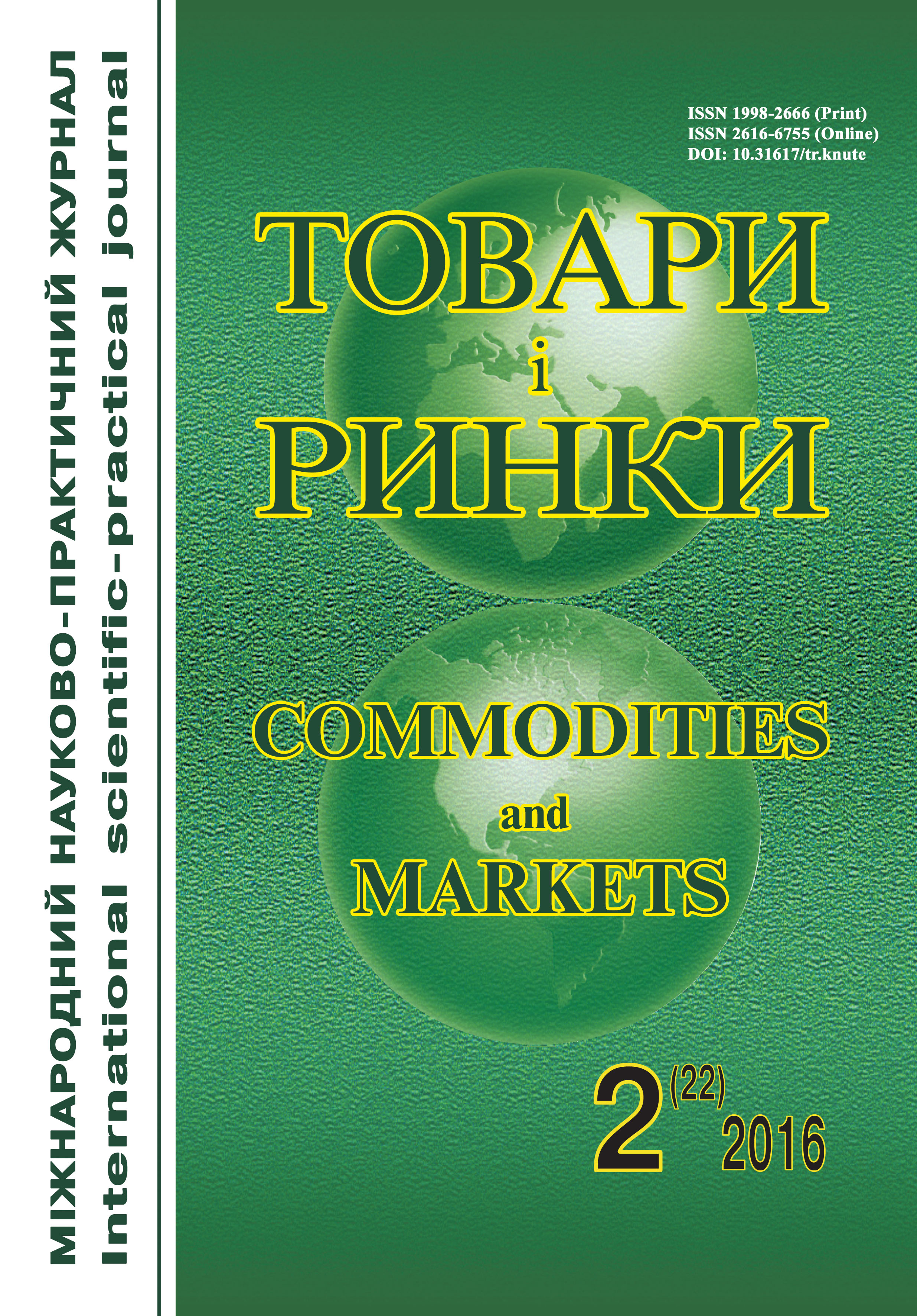Technology of milk-protein co-precipitates and their biological value
Keywords:
protein deficiency, protein-carbohydrate dairy raw materials, buttermilk, cranberry, viburnum, milk-protein co-precipitate, biological value.Abstract
Background. The deficit of valuable protein in the human ration can have negative consequences for the health. One of the solutions to this problem is the production of milk-protein concentrates and their subsequent use in production of foodstuffs. To improve classical coagulation methods, in particular by reducing the number of manufacturing operations for production of the milk-protein co-precipitates made of buttermilk, using berry puree as a coagulant and determination of the quality of the obtained product.
Material and methods. The general chemical composition of co-precipitates was determined by standard methods [10–14], amino acid composition was determined according to DSTU ISO 13903 [15], biological value – by analytical methods [16], organoleptic assessment was made by the following indicators – colour, consistency, taste and flavour [17].
The aim of the study is the technology of production of milk-protein co-precipitates made of buttermilk using berry puree as a coagulant and determination of the biological value of the obtained product.
Results. The technology of milk-protein co-precipitates begins with combining berry puree with cooled to 55–65 °C after high-temperature pasteurization buttermilk in a correlation 1 : 9. Received mixture stands for (10–20) • 60 sec at 70–80 °C, then it is removed from the received curd and pressed. To determine the biological value of co-precipitates proteins, number of indicators was calculated: amino acid score, index of essential amino acids, index of amino acid score difference and utility index of amino acid composition. The total biological value of received products makes 90 % for cranberry puree and 87.3 % for MPCV.
Conclusion. This article provides the technology of dairy protein co-precipitates made of buttermilk with use of cranberry and viburnum purees as coagulants. Obtained co-precipitates have high organoleptic characteristics, high protein content and its balanced amino acid composition. It was established that the total biological value of obtained products reaches 90 % for cranberry puree (DMCC) and 87.3 % for viburnum puree (DMCV).
References
Osnovy biotehnologii : uchebn. posob. dlja studentov biologich. fak. Omsk : OGPU. URL : http://www.biotechnolog.ru/prombt/prombt1_7.htm (data obrashhenija: 21.10.2016).
Smoljar V. I. Osnovni tendencii' v harchuvanni naselennja Ukrai'ny. Instytut ekogigijeny i toksykologii' im. L. I. Medvedja. Kyi'vs'ka medychna akademija pisljadyplomnoi' osvity. Problemy harchuvannja. 2010. Vyp. 2. S. 5—9.
Dejnychenko G. V., Judina T. I., Vjetrov V. M. Novi vydy koprecypitativ ta i'h vykorystannja v harchovyh tehnologijah : monografija. Donec'k : Donechchyna, 2010. 176 s.
Dubowska Brydgida E. Milk and whey protein-stabilized O/W emulsion with increasing oil content. Milchwissenschaft. 2004. Vol. 59. № 7—8. P. 355—359.
Smith G. M. The production and utilization of milk proteins. Milk md. 1975. Vol. 76. № 2. P. 25.
Shhetinin M. P. Kol'tjugina O. V., Plutagina E. S. Belkovaja osnova dlja molochnogo deserta. Molochnaja prom-st'. 2011. № 9. S. 58.
Shingareva T. I., Pavlistova N. A. Razrabotka novyh vidov molochnyh belkovyh produktov dlja zdorovogo pitanija. Harchovi dobavky. Harchuvannja zdorovoi' ta hvoroi' ljudyny. Materialy VII Mizhnarodnoi' nauk.-prakt. internet-konf. Kryvyj Rig : Vydavec' FOP Chernjavs'kyj D. O., 2016. S. 122.
Hrystunova O., Grek O. Koaguljacija molochnyh bilkiv jagidnoju syrovynoju. Materialy 82-i' mizhnar. nauk. konf. molodyh uchenyh, aspirantiv i studentiv "Naukovi zdobutky molodi – vyrishennju problem harchuvannja ljudstva u HHI stolitti" (13—14 kvit. 2016, Kyi'v). Kyi'v : NUHT, 2016. Ch.1. S. 322.
Korshunova G. F., Gnicevych V. A., Nykyforov R. P. Obg'runtuvannja tehnologichnyh rezhymiv osadzhennja bilkovyh rechovyn znezhyrenogo moloka z vykorystannjam jagidnyh pjure. Obladnannja ta tehnologii' harchovyh vyrobnyctv : temat. zb. nauk. prac'. Donec'k : DonNUET. 2007. Vyp. 17, T. 1. S. 113—119.
DSTU ISO 6496:2005. Kormy dlja tvaryn. Vyznachennja vmistu vology ta inshyh letkyh rechovyn. Kyi'v : Derzhspozhyvstandart Ukrai'ny, 2006. 11 s.
DSTU ISO 5984:2004. Kormy dlja tvaryn. Vyznachennja vmistu syroi' zoly. Kyi'v : Derzhspozhyvstandart Ukrai'ny, 2006. 8 s.
DSTU ISO 6492:2003. Kormy dlja tvaryn. Vyznachennja vmistu zhyru. Kyi'v : Derzhspozhyvstandart Ukrai'ny, 2005. 12 s.
DSTU ISO 5983:2003. Kormy dlja tvaryn. Vyznachennja vmistu azotu i obchyslennja vmistu syrogo bilka metodom K’jel'dalja. Kyi'v : Derzhspozhyvstandart Ukrai'ny, 2007. 12 s.
Metody biohimicheskogo issledovanija rastenij; pod red. A. I. Ermakova. L. : Kolos, Leningr. otd-nie, 1972. 456 s.
DSTU ISO 13903:2009. Kormy dlja tvaryn. Metod vyznachennja vmistu aminokyslot. Kyi'v : Derzhspozhyvstandart Ukrai'ny, 2010. 12 s.
Opredelenie pokazatelej biologicheskoj cennosti produktov pitanija raschetnym metodom: metod. ukazanija k lab. zanjatijam po discipline "Tehnicheskaja biohimija" dlja studentov, obuchajushhihsja po napravleniju "Biotehnologija" dnevnoj formy obuchenija NGTU. N. Novgorod, 2015. 7 s.
Kantere V. M., Matison V. A., Fomenko M. A. i dr. Organolepticheskij analiz pishhevyh produktov. M. : MGUPP, 2002. S. 16—72.



